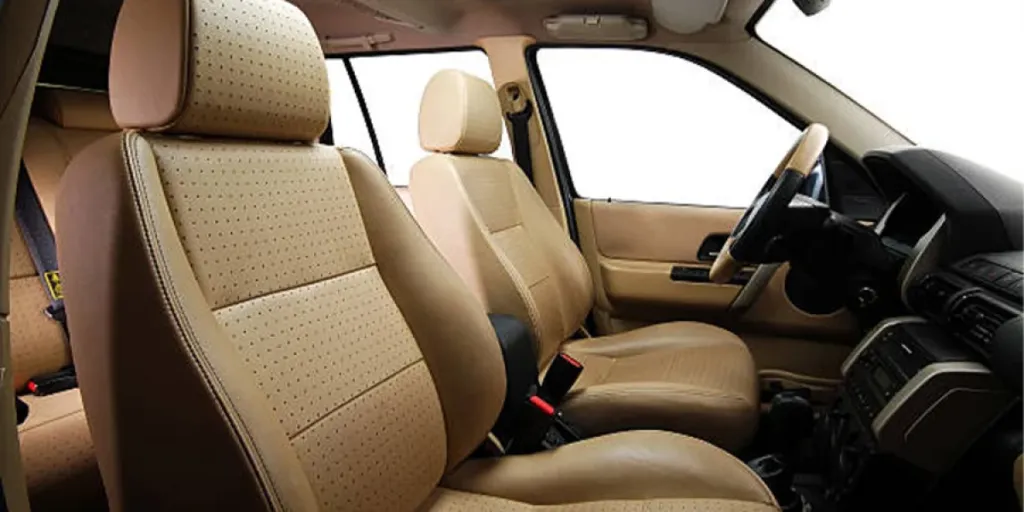Issues involving starting a Ford Ranger not starting can lead to frustration and delays for owners. A Ford Ranger that won’t start despite the situation occurring in the morning or after a late-night drive requires a root cause diagnosis. There are multiple potential issues throughout a Ford Ranger’s lifespan that could disrupt its ability to start.
Various factors, such as a dead battery or ignition switch failure, are some of the reasons why a vehicle won’t start. The following article investigates both the main reasons Ford Rangers have difficulty starting up and how to diagnose and resolve these issues.
Table of Contents
5 reasons a Ford Ranger won’t start
1. Battery related issues
2. Fuel system problems
3. Ignition system failures
4. Starter motor malfunctions
5. Electrical system malfunctions
Diagnostic techniques for Ford Ranger starting problems
1. Visual inspection
2. Use of diagnostic tools
3. Testing battery and charging system
4. Fuel system checks
5. Analyzing the ignition system
Solutions for Ford Ranger starting issues
1. Battery and electrical repairs
2. Fuel system maintenance
3. Ignition system repair
4. Starter repair and replacement
Conclusion
5 reasons a Ford Ranger won’t start
To find out why a Ford Ranger won’t start, one needs to examine the systems that provide power, fuel, and spark. Here are five common causes of starter failure:
1. Battery related issues
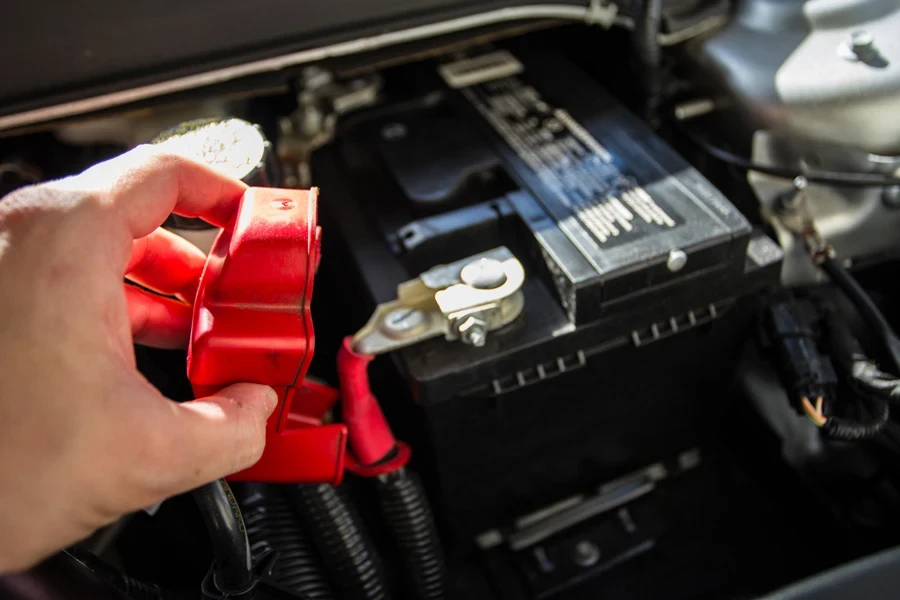
The most recurring starting problem among Ford Ranger owners stems from battery-related issues. Batteries tend to lose their charge or die completely after exposure to multiple cold days or long periods without use.
When a vehicle’s battery dies, it loses most of its electrical power, which requires jump-starting as the only method to move the vehicle temporarily.
A truck’s failure to start despite cranking can also be a result of corroded battery cables or loose connections at the terminal. Even if one installs a new battery, there is a high chance the problems stemming from wiring damage, like a broken cable or inadequate grounding, won’t be fixed.
2. Fuel system problems
The fuel system requires careful inspection because it’s a vital car component. The fuel pump, which resides inside the fuel tank, provides gasoline to the engine. If the engine is unable to start, it could be because the fuel pump is preventing fuel from reaching it.
The common symptoms of a failing fuel symptom include low fuel pressure, clogged fuel filters, faulty fuel injectors, and a tripped inertia switch. The fuel pump relay, which can be located in the fuse box beneath the hood, might fail to operate, which in turn stops fuel delivery. A mechanic can assess fuel system functionality by measuring fuel pressure through a gauge.
3. Ignition system failures
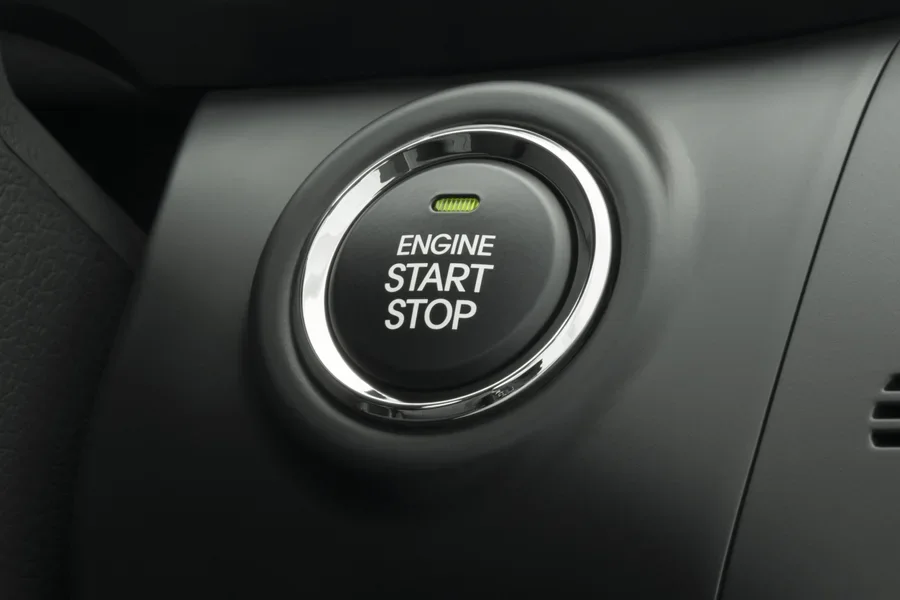
An engine will not start when the ignition system malfunctions. The spark plugs, ignition coil, and ignition switch are essential components that trigger combustion.
Damaged ignition coils, along with worn spark plugs, can trigger engine start failures. When the ignition switch stops working properly, turning the key will not send power to the starter motor. In some cases, the throttle position sensor or cam sensor might send wrong information to the ECU, hence interrupting the ignition sequence.
4. Starter motor malfunctions
The starter motor could be defective if a Ford Ranger cranks without starting. The starter motor or its solenoid that connects to the engine’s flywheel often fails after extended use, particularly in older trucks.
A failing starter motor may generate a clicking noise while turning the key or produce no reaction at all. If electrical power reaches the starter but the engine fails to crank, then the starter or solenoid should be replaced.
5. Electrical system malfunctions
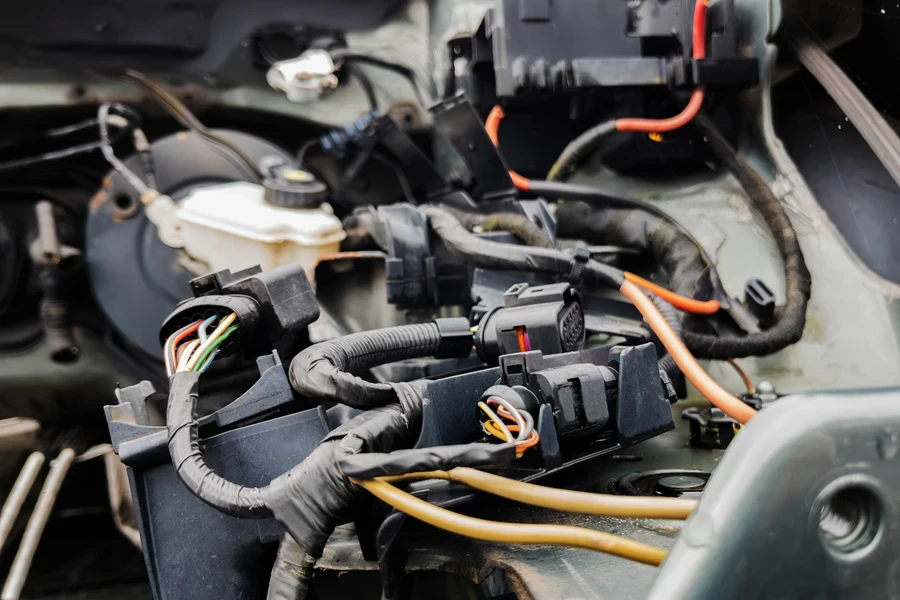
The vehicle’s electrical system consists of fuses, wiring, sensors, and control modules that communicate with the engine. The startup process can be disrupted by blown fuses in the fuse box along with damaged wires or faulty sensors such as the crank sensor.
Wiring problems in the intake manifold area may create barriers that prevent sensors from functioning properly. In diesel vehicles, glow plug injectors can malfunction during cold weather when they fail to heat correctly, which contributes to starting problems.
Diagnostic techniques for Ford Ranger starting problems
Systematic diagnostic techniques are necessary to determine the cause of a Ford Ranger’s failure to start. They include the following:
1. Visual inspection
Start troubleshooting by opening the hood to check the visible components. Check for loose battery cables, frayed wires, disconnected sensors, or signs of corrosion.
Then, examine the fuse box to locate any blown fuses with specific labels for the fuel pump or ignition system.
2. Use of diagnostic tools
Most modern vehicles now include onboard diagnostics systems known as OBD-II, and so does the Ford Ranger. Diagnostic scanners display error codes that identify problems with sensors or electrical components.
The feedback from sensors, including the throttle position sensor, camshaft position sensor, and crankshaft sensor, can be analyzed by the tool to determine the genesis of the starting problem.
3. Testing battery and charging system

Use a multimeter to test battery voltage. The voltage of a healthy battery should read at least 12.6 volts or higher when the vehicle remains turned off.
The charging system functions correctly if the voltage registers between 13.7 and 14.7 volts while the engine operates. If voltage readings indicate a possible issue, the alternator or voltage regulator may be at fault.
4. Fuel system checks
One should hear the fuel pump priming when they switch the key to the “on” position. A silent fuel pump upon key activation typically indicates a faulty pump or relay.
The mechanic should test the fuel pressure to verify it reaches the necessary PSI for proper engine function in the Ranger. Make sure to examine the fuel filter and injectors for any signs of blockage or damage.
5. Analyzing the ignition system
The spark plugs require removal to check for signs of wear or accumulated carbon. Inspect for the presence of a strong blue spark during ignition testing as it indicates correct ignition performance. A malfunction in either the ignition coil or switch can result in power not reaching the plugs.
Solutions for Ford Ranger starting issues
After pinpointing the problem, the Ford Ranger can regain full functionality through targeted repairs.
1. Battery and electrical repairs
Installing a new battery resolves the issue fastest when dealing with an old or weak battery. Perform maintenance by cleaning the terminals while also making certain that the electrical connections are secure.
Repair or replace corroded or damaged wires. Examine the fuse box for any signs of damage after changing all blown fuses.
Jump-starting your vehicle may temporarily resolve the problem but won’t fix the root cause if the alternator is failing or if there is damaged wiring.
2. Fuel system maintenance
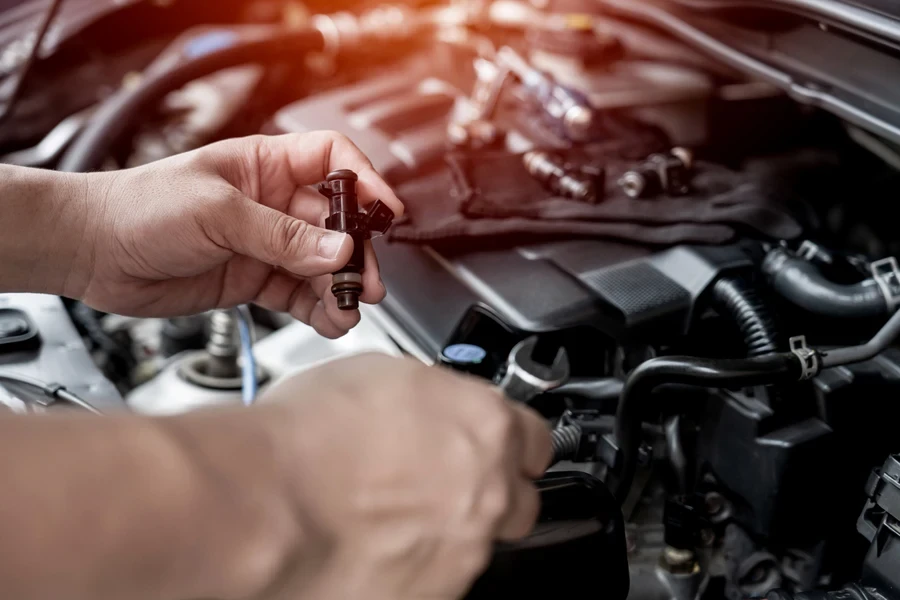
Immediate replacement is necessary when dealing with a defective fuel pump or a blocked fuel filter. The inertia switch should be reset when it has been tripped due to an accident. Check the fuel injectors for blockages after prolonged idle periods of hours or days.
The use of a fuel injector cleaner and regular fuel filter replacement at intervals of 20,000 to 30,000 miles helps to avoid future mechanical problems. Look for any leaks in the intake manifold that may disrupt fuel-air mixture delivery.
3. Ignition system repair
Replace spark plugs and ignition switch components that display wear and tear along with damaged ignition coils. Maintaining these components ensures proper spark sequence consistency and engine firing accuracy.
Ensure that coil packs and wiring deliver a steady voltage supply. The cam sensor and crank sensor deserve attention because they are vital for proper ignition timing.
4. Starter repair and replacement
The sole solution for fixing a failed starter motor or solenoid is to replace it. Motor cleaning or wire tightening sometimes brings the car back to life. However, if the starter is making grinding noises or fails to turn the engine, a new starter may be required.
Conclusion
The primary reasons for a Ford Ranger not starting include battery failure, ignition system problems, and fuel delivery blockages, among others. Proper diagnostics followed by specific repairs are essential for fixing the problem and maintaining consistent vehicle performance.


